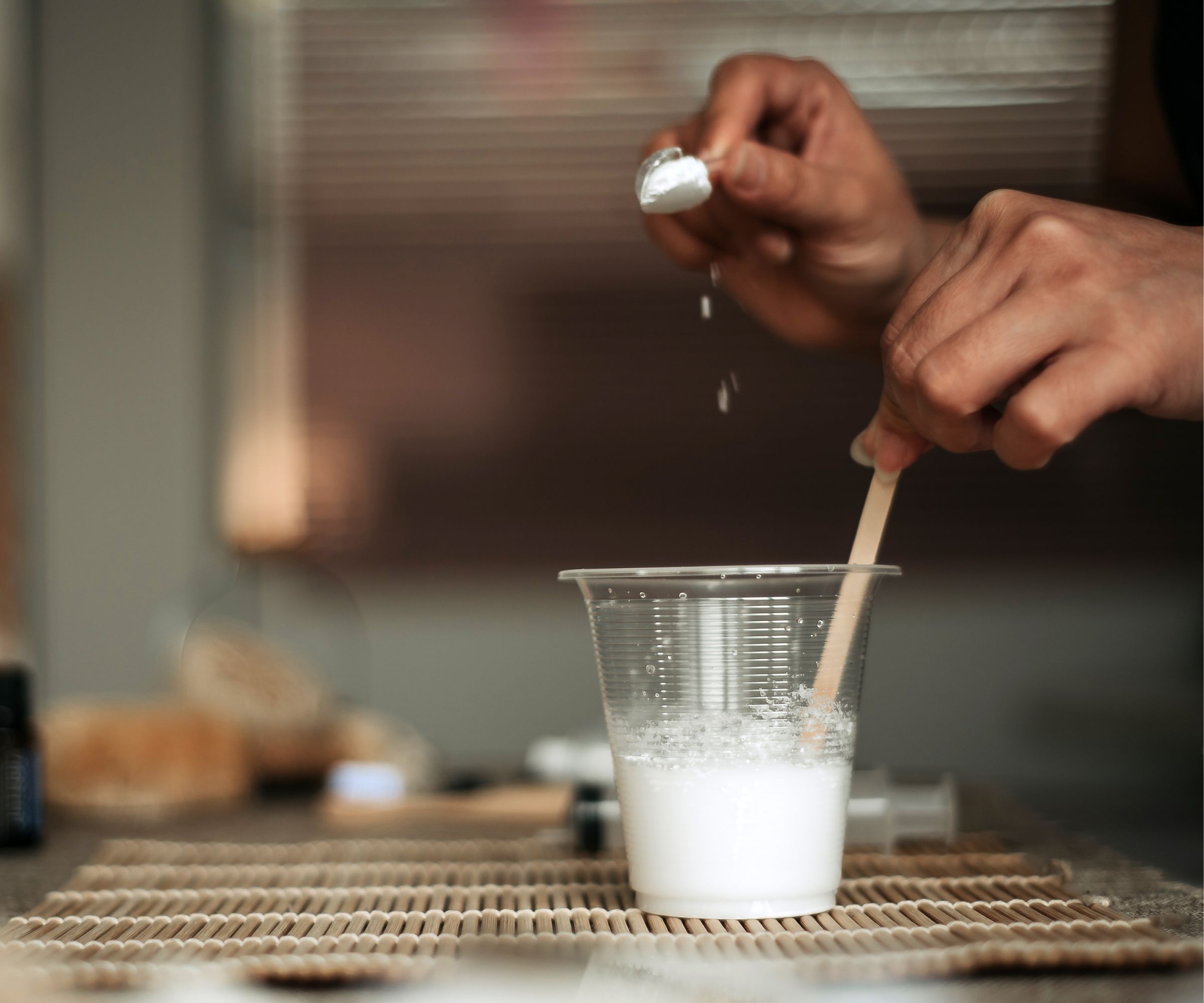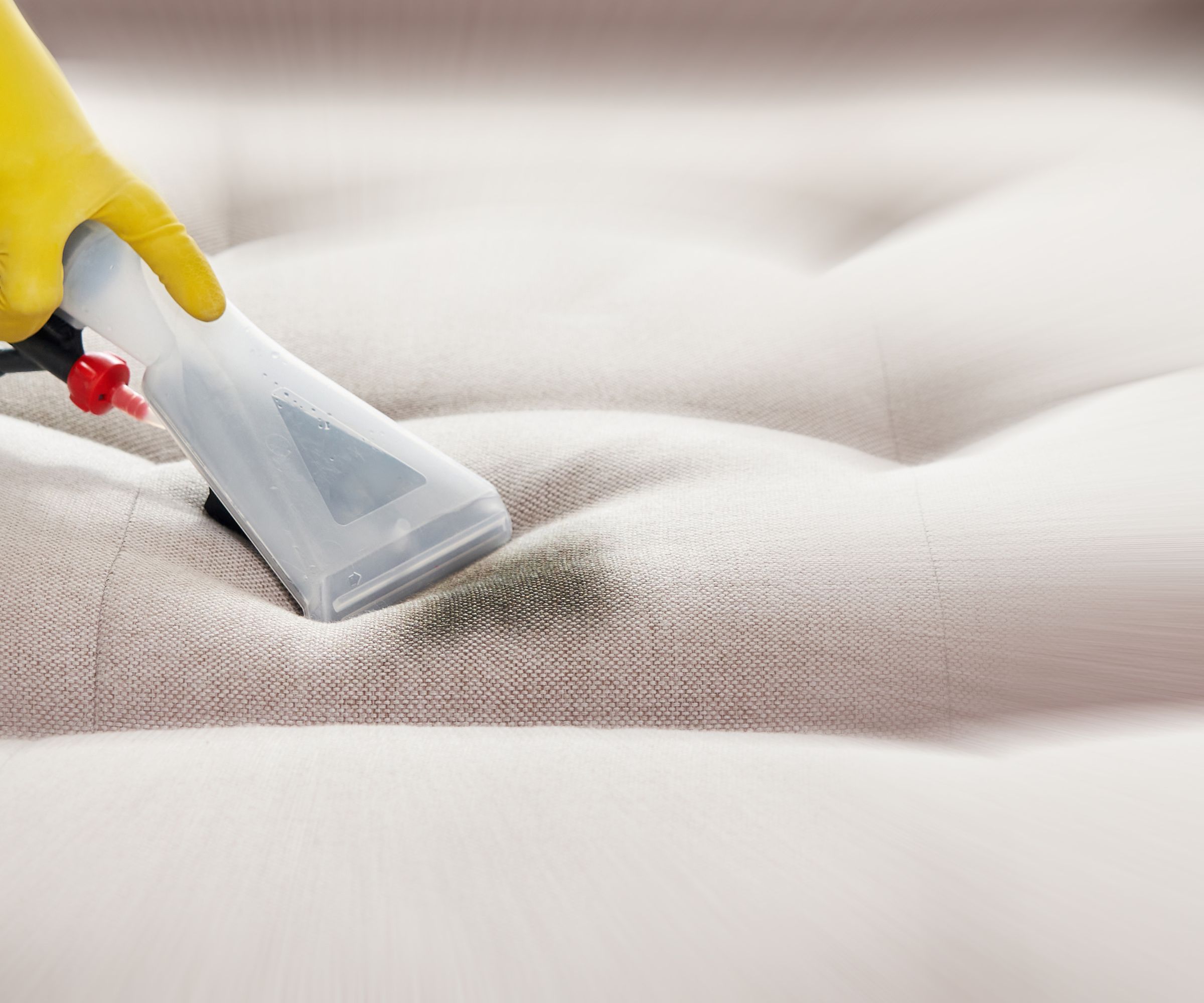
Can baking soda kill bed bugs? Our pest control pros unanimously agree the answer is no.
If you're hoping to avoid costlier treatments or want to use natural products in the space you sleep, baking soda is not the way forward. Our pest and cleaning experts, who have spent years dealing with these infestations explain why baking soda won't work, what will happen if you do use baking soda, and what will actually work to eliminate these biting bugs instead.
Getting rid of bed bugs properly is essential because they are hardy little critters adept at hiding, reproduce rapidly, and can harm your health with itchy bites and allergic reactions.
Why won't baking soda get rid of bed bugs?

Generally, baking soda won't have an effective impact on bed bugs. They will not ingest it and contrary to popular myths, they can easily walk through it, and won't be 'dehydrated' by it.
Regardless of the cause of bed bugs, Brett Bennett, director of operations at PURCOR Pest Solutions, explains the crux of the issue when eradicating them. He says, 'Baking soda will will not work on the eggs and won't be killing bed bugs on a large enough scale to put a dent in the population. I have not found baking soda to be very effective at killing bed bugs.'
Infestations are compounded by the fact bed bugs reproduce quickly and at volume, making them one of the most challenging infestations to get rid of. Brett says, 'Bed bugs lay tons of eggs and mature relatively quickly, so they are difficult to completely eliminate on your own, especially as they spread to different areas of your home carried on clothes, stuffed animals, and more.’
Cleaning pro Karina Toner, operations manager at Spekless, says, 'Baking soda is not an effective method for killing bed bugs or their eggs. There are a few misconceptions out there suggesting that baking soda can dehydrate bed bugs by absorbing moisture from their bodies or that its abrasive texture might damage their exoskeletons.
'However, there is no scientific evidence to support these claims. Bed bugs are incredibly resilient creatures, and baking soda lacks the chemical properties required to penetrate their exoskeletons or disrupt their life cycles in a meaningful way.'
What will happen if you use baking soda for bed bug infestations

Bed bugs may simply avoid the areas with baking soda. 'They will relocate to hide in cracks and crevices or find another path to get to the occupants of the bed,' adds Tim McMahan, the Owner of The Pest RX.
In the course of being a professional cleaner, and operations manager at Spekless, Karina Toner has encountered, identified pests, and dealt with many bed bug infestations. She says, 'When people use baking soda on bed bugs, they usually sprinkle it around infested areas, hoping it will dehydrate or kill them. Unfortunately, this approach is unlikely to work and may even provide a false sense of security.'
Karina explains how bed bugs quickly relocate to areas where baking soda has not been applied, and the eggs, which are often hidden deep in cracks or crevices, will remain unaffected. 'In the end, the infestation may continue to grow unchecked, leading to a bigger problem,' she says.
Dalya Harel of Lice Busters has dealt with stubborn pest infestations for years, including bed bugs. 'If someone tries using baking soda, they’re probably going to be disappointed. I’ve had clients who tried this method before calling me, and all it did was give the bugs more time to multiply. Bed bugs reproduce quickly, and baking soda just won’t keep up with them.
'The result? An even bigger infestation that’s harder to tackle. They can live for several months, and they’re tough little creatures, especially in the right conditions. A single female can lay hundreds of eggs, and with eggs hatching in under two weeks, the population can explode quickly. Bed bugs are hard to get rid of because they hide so well, and they’ve developed resistance to many store-bought treatments.'
Tim McMahan adds that bed bugs can hide in bedrooms for over 18 months without feeding, so going for a powerful bed bug killing method such as professional heat treatment, insecticides and steam cleaning will ensure proper eradication.
How to kill bed bugs properly

'The best way to kill bed bugs if you are at the beginning of an infestation is heat,' Tim says. He recommends using a handheld steamer, such as the Electrolux Portable Handheld Steamer from Amazon before steaming areas where bed bugs hide.
Karina Toner advises using a steamer that reaches at least 200 degrees Fahrenheit and has a nozzle attachment to target hard-to-reach areas.
Since bed bug eggs may be hidden deep within surfaces, multiple steam cleaning sessions might be necessary as well as widespread steaming across all areas of the infested room. 'Slowly move the steamer over areas where bed bugs are suspected to ensure that the heat penetrates deeply,' Karina says.
Consider cracks and crevices in your mattress, steam around the edge, between the mattress and the headboard, and between the mattress and the box springs as well steaming the entire mattress.
Ryan Farley, CEO of LawnStarter adds, 'Bed bugs are attracted to your body heat and the carbon dioxide you breathe out, and sleeping bodies are perfect targets so, they do tend to infest beds. However, you can find them just about anywhere, on clothes, in bedding, especially in cases of more extreme infestations.'
Make sure you replace or wash at high heat your bedding, steam your bed frame, closets, baseboards or anywhere in the room where two materials meet, though bear in mind the steam might damage glue and wood veneers.
Cleaning pro Karina Toner adds to take particular care to steam the warm, dark places in and around your bed. She explains, 'Common bed bug hiding spots include the seams of mattresses, box springs, bed frames, headboards, behind wallpaper, in electrical outlets, and in the crevices of furniture.'
As bed bugs are most active at night when people are asleep, it can make detecting them harder, so consider steaming the area at nighttime. You'll need effective lighting to help you see what you're doing.
Mike Duncan, the National Technical Director, and Entomologist at Truly Nolen of America, also urges you to dust all cracks with diatomaceous earth, available on Amazon, with a nylon paint brush.
'This will create a static charge to the product to adhere to the surrounding material,' he says. 'Missing any cracks or crevices could cause a re-occurrence. Please be aware that 100 percent elimination is the only way to correct the issue with bed bugs.'
When it's time to call the pros

If you have already tried tackling your bed bug infestation and it hasn't worked, worked somewhat but not fully, the bed bugs have returned or you're experiencing ill health or psychological distress from the situation, it's time to call in the professionals without delay.
Check their websites and LinkedIn profiles for information about their experience, ask them questions about their methods, success rates, and check on social media and Google for reviews to help you make an informed decision about which service provider to pick.
Next, learn how to prevent bed bugs to save you from future infestations, and why essential oils are not a good option for killing these pests.







